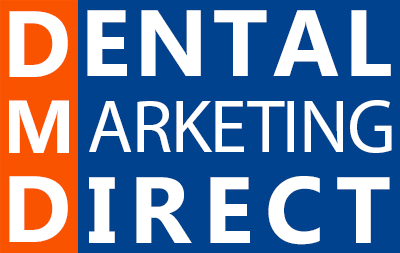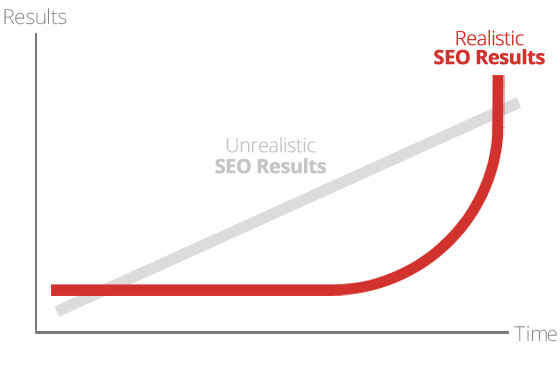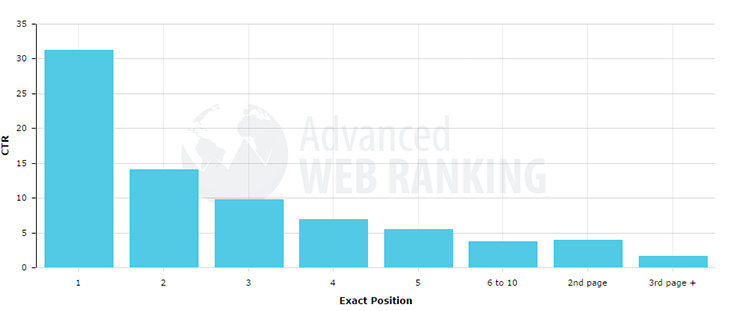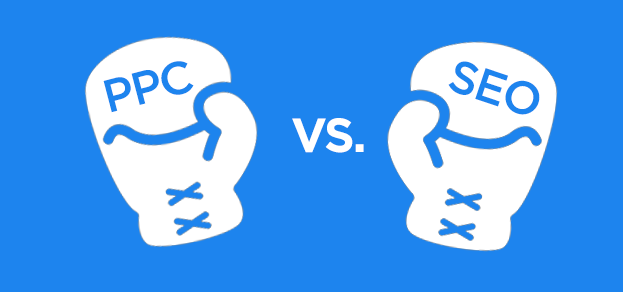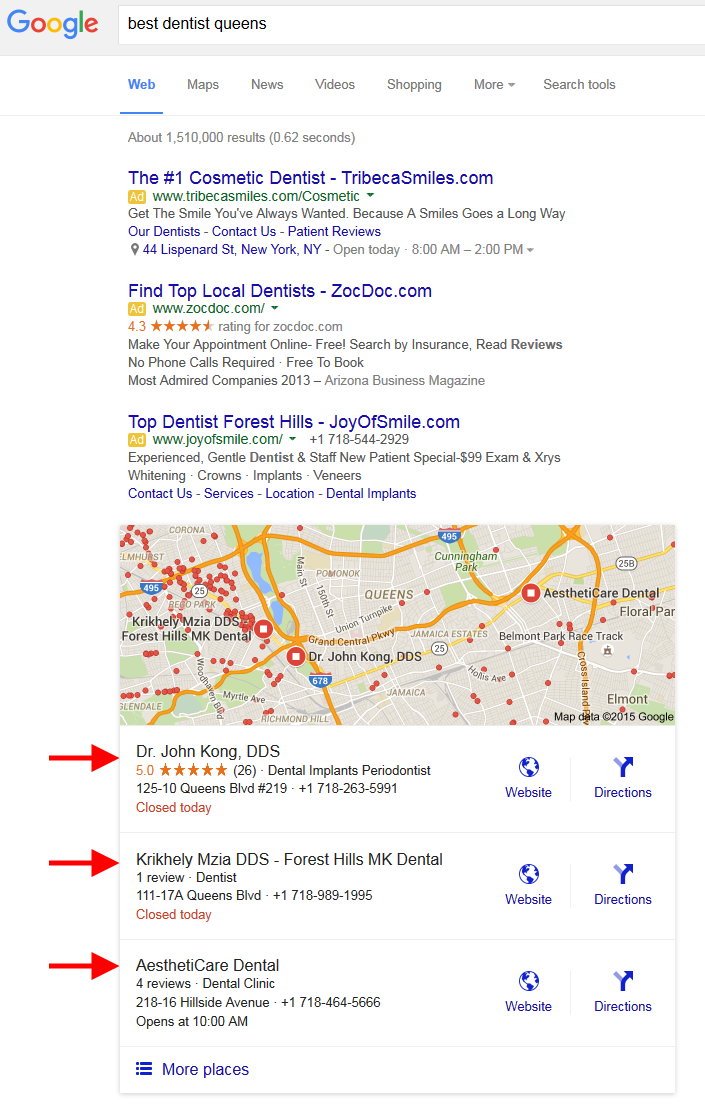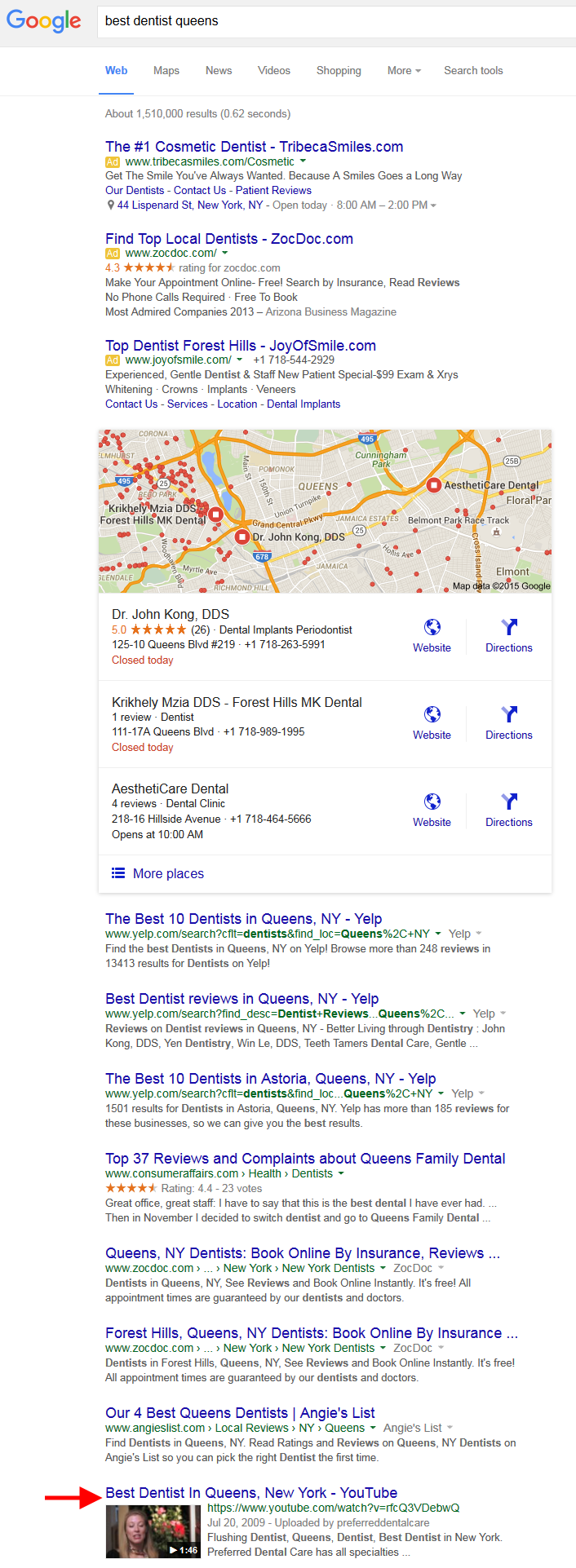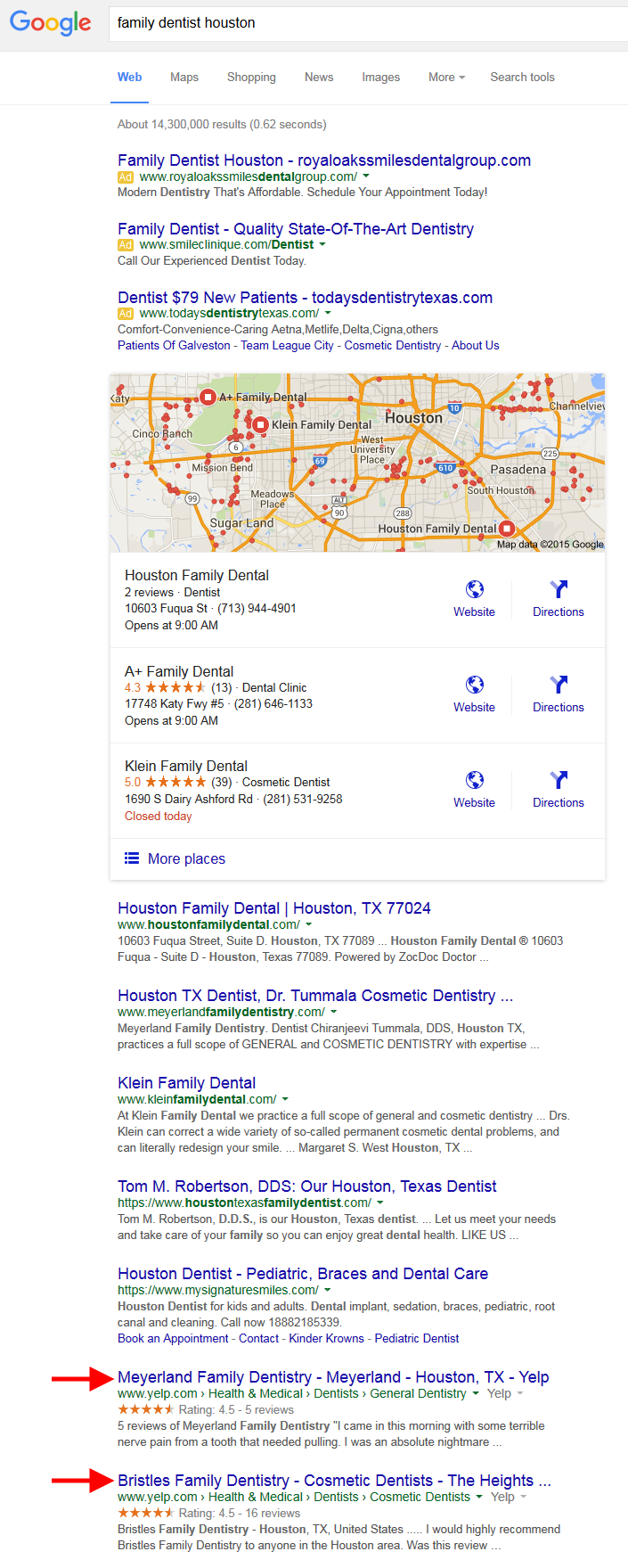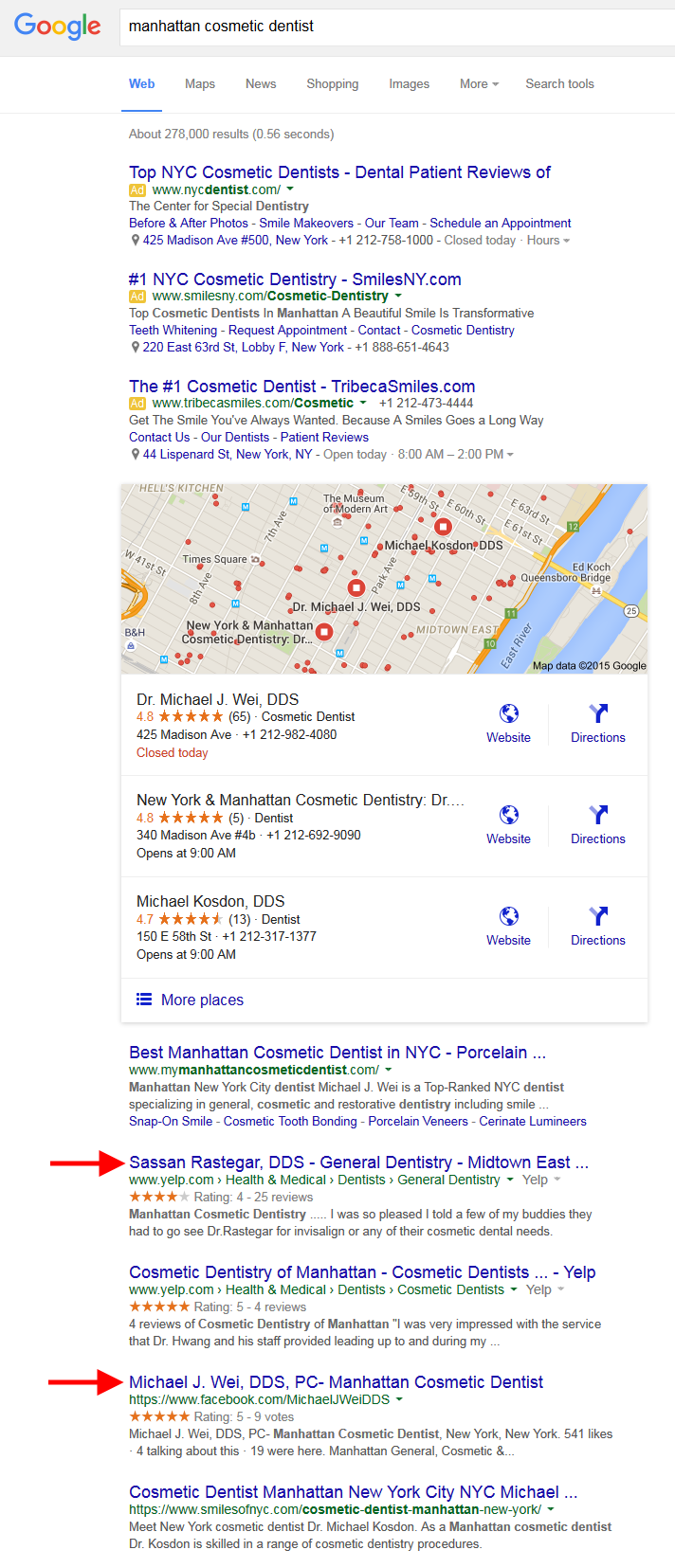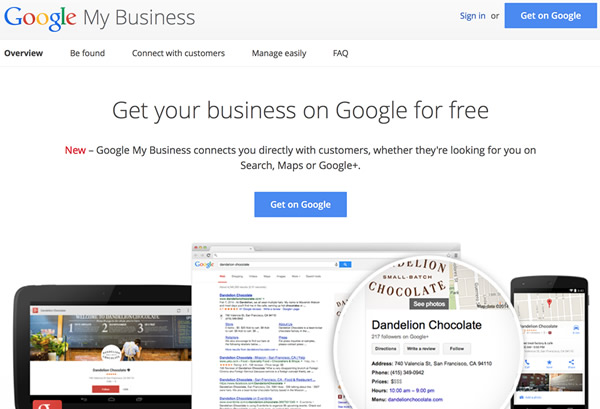With the growing use of search engines to research local businesses, search engine optimization (SEO) has become necessary for any modern dental practice. Unlike dentistry, marketing and specifically SEO doesn’t require a license or even a degree to prove your qualification. This distinction coupled with the rising demand for SEO has resulted many self-titled ‘SEO Experts’ popping up. Dentists are usually their first target and dental practices across the country receive at least a dozen or so emails, cold calls and direct mail pieces selling SEO. In this post we cover some of the most bizarre claims made by SEOs looking to make quick buck.

Guaranteed Ranking
This is one of the most common SEO scams and one which Google has specifically warned about in their webmaster guidelines. No one can guarantee a #1 ranking on Google and anyone claiming to do so is obviously lying. Do you really want to do business with liars?
Free SEO Trial
This is one of the more bizarre SEO scams that reeks of desperation. SEO involves a lot of custom work performed separately for each client. Make no mistake SEO is hard work and hard work costs money. It is not a software or asset that you can free access so clients can try it out. No legitimate SEO company would give free trials of their SEO service. However, you can expect to get a free SEO audit or a free consultation.
Secret SEO Strategies
Obviously every SEO company has their own processes and methods which they would not reveal. However, any legitimate SEO firm should be able to outline the work they will perform including activities like keyword research, website changes and link building. If an SEO claims to have some magic trick or secret method that they cannot share, they are most likely using black hat SEO (SEO methods that are against Google Webmaster Guidelines) and can get your website penalized.
Submit Your Website to Thousands of Search Engines
Ok let’s cut the crap here because this claim is the definition of the word scam. If you are dentist in USA, only 3 search engines matter: Google, Yahoo and Bing – so you can ignore the rest. In fact for all practical purposes you can ignore everyone except Google since it is the by far the most popular search engine used by almost 70% of online users in the USA. In short, get your website to rank well in Google and you are good.
1st Page of Google in 48 Hours!
The only way to get your website on first page of Google within hours is using Google Adwords i.e. Google’s PPC advertising program. The funny thing is that anybody can do that by signing up to Google Adwords and following the on screen instructions. This scam works by charging a monthly fee per keyword (usually obscure low quality keywords) and then running PPC ads for those keywords. Some dentists who do not know the difference between Google organic results and ads fall for this fraud.
We know the Google Algorithm
While an understanding of Google’s algorithm is necessary for any SEO consultant, nobody knows the Google Algorithm. It is Google’s business secret and one they will protect from the public at all costs. However, through years of experience and testing one can determine some important factors that affect a website’s ranking in a positive/negative manner. This is what SEO education is entails so while this claim is not entirely a scam it is highly misleading.
Now that you know how to avoid SEO scams, how about talking to a legitimate dental SEO company?
